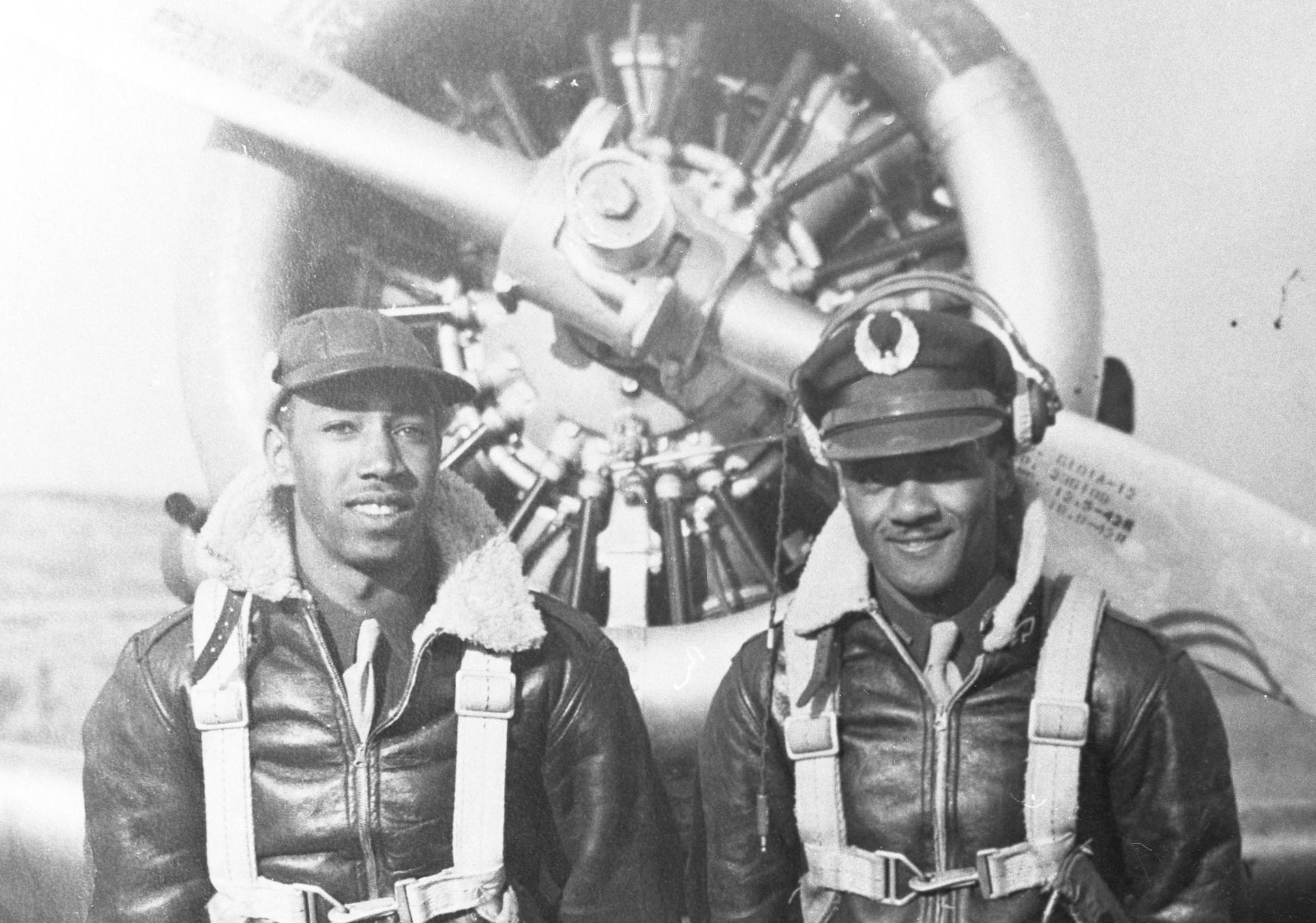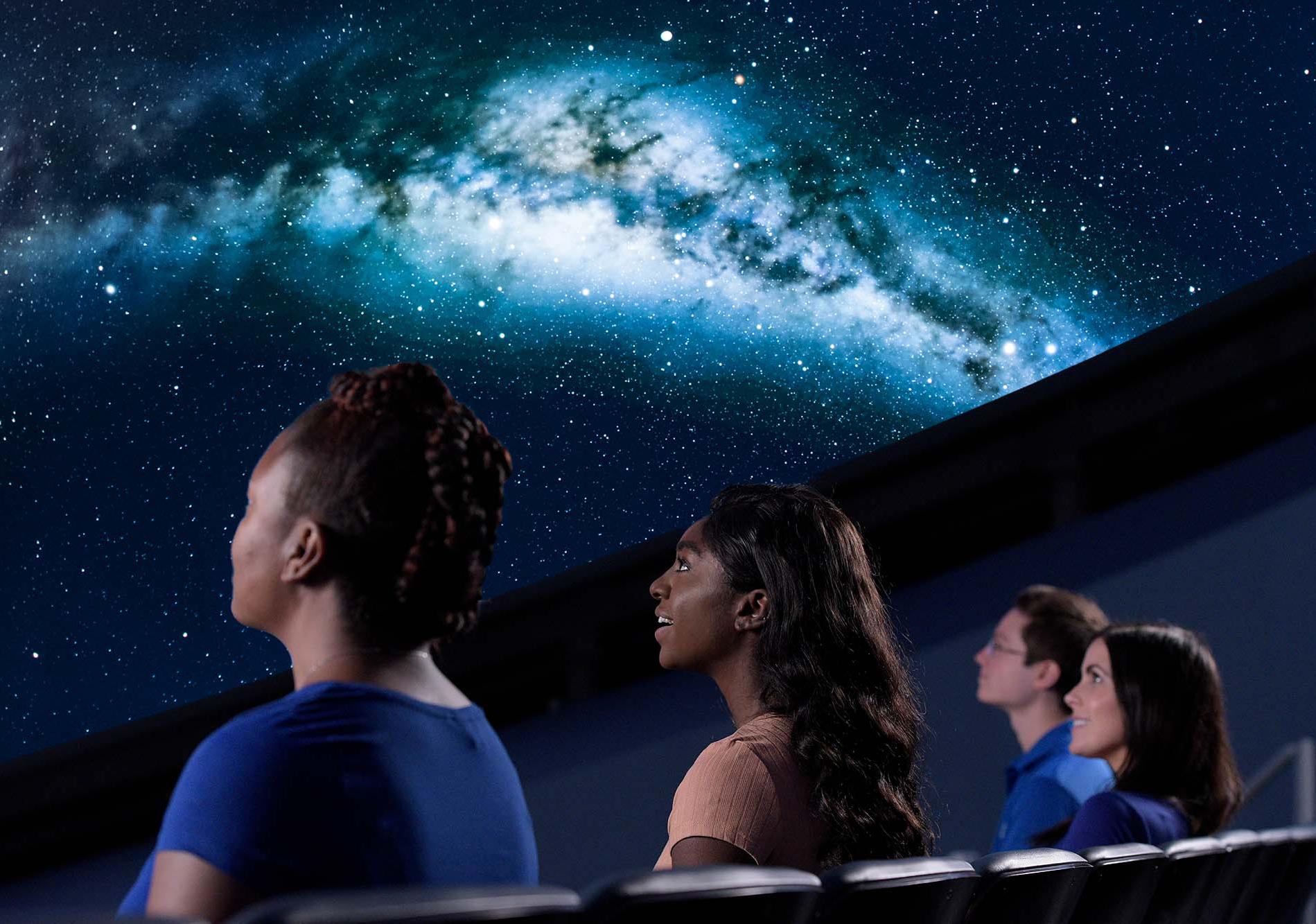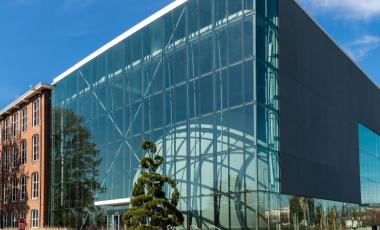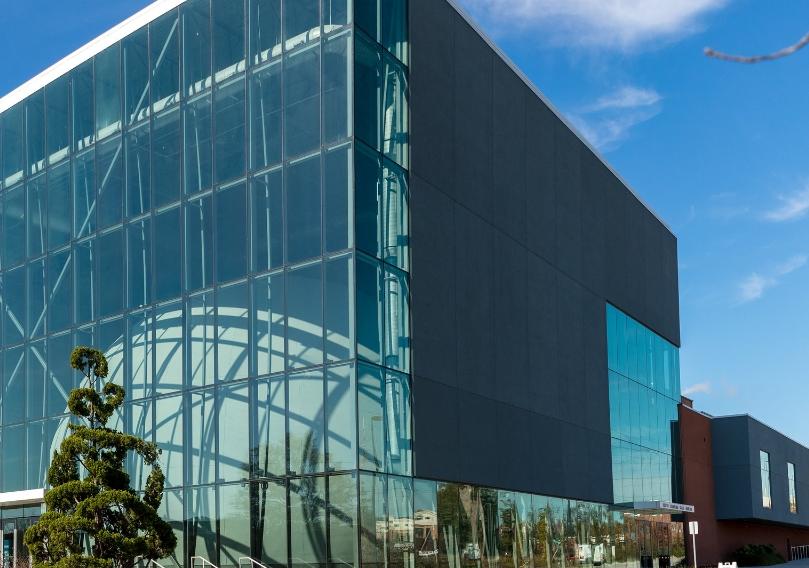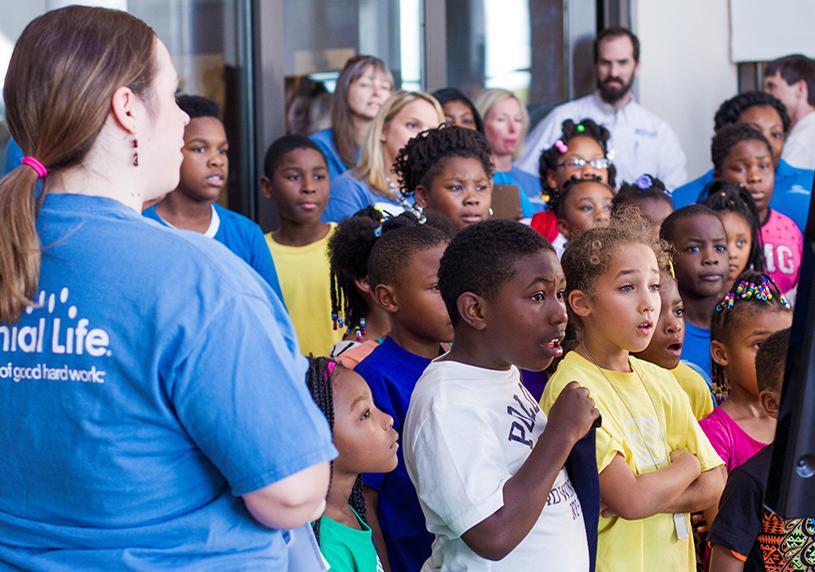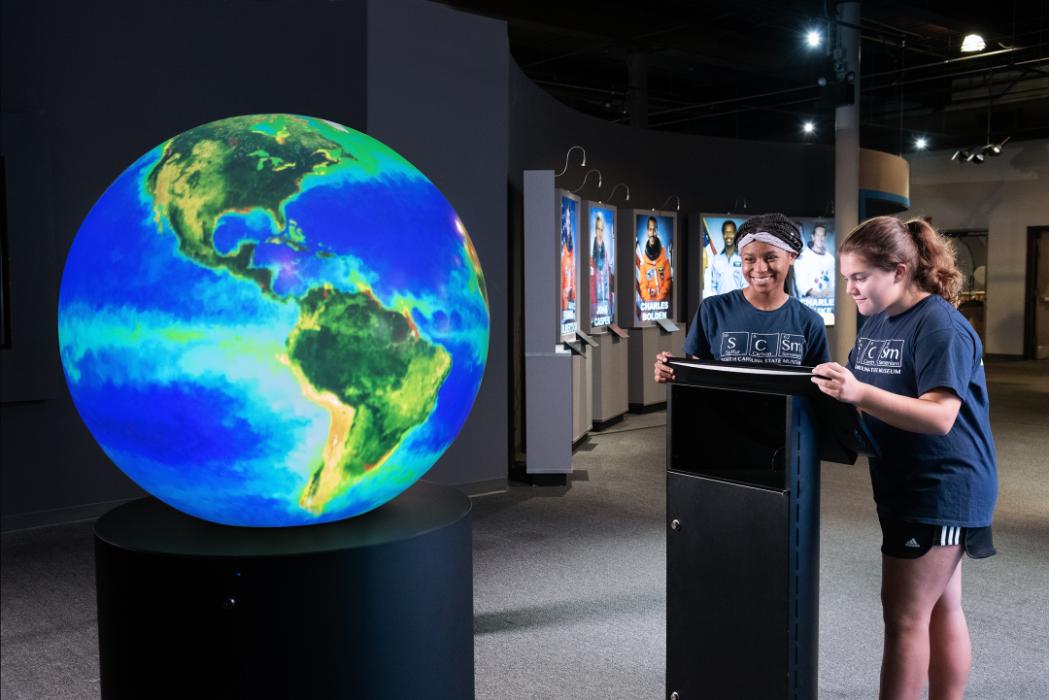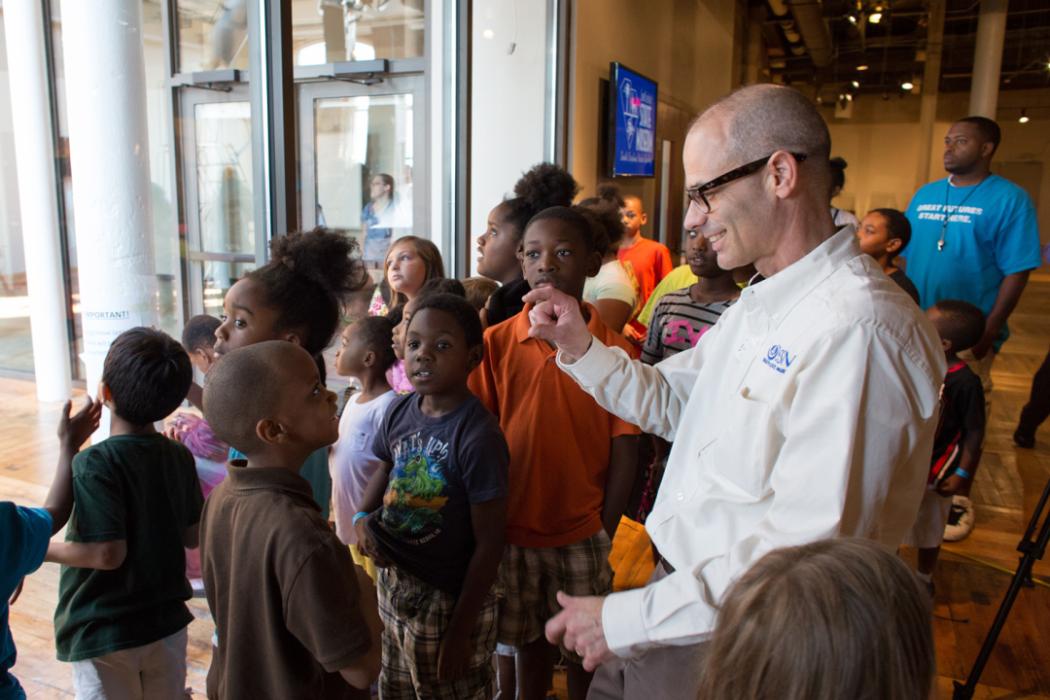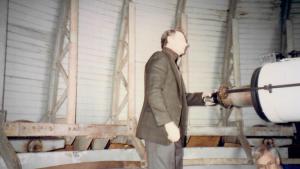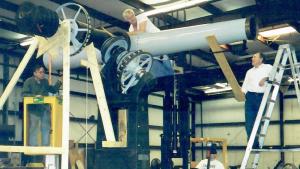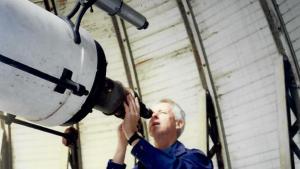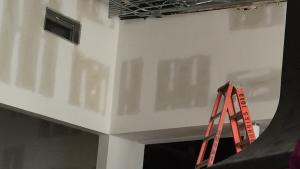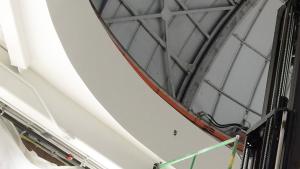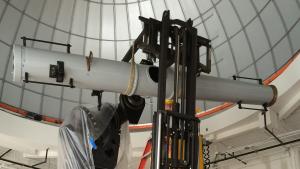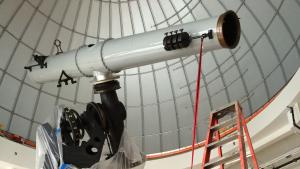
How did this special astronomical instrument make it from New York City to the South Carolina State Museum?
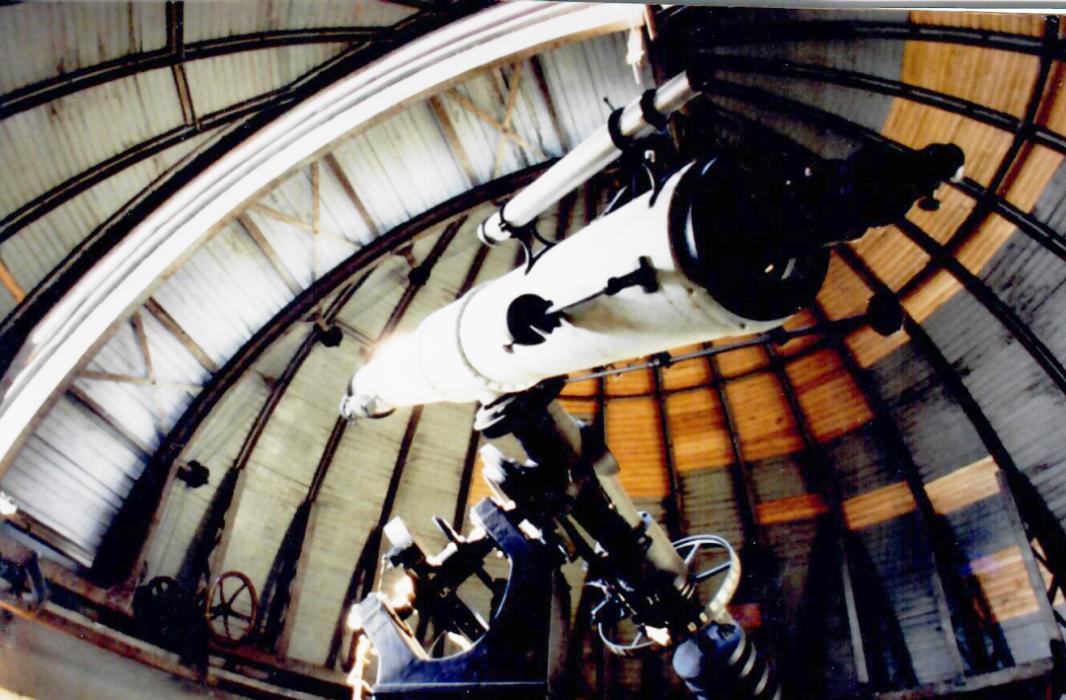
Alvan Clark Telescope at Columbia University in November 1996.
The Boeing Observatory at the South Carolina State Museum is home to an historic Alvan Clark refracting telescope, which has been used for education, research and public observing for nearly 100 years. The telescope was made by Alvan Clark & Sons and delivered to Columbia College (now Columbia University) in 1926. Read on to discover how a 3,500 pound telescope made it from the 14th floor of a building in New York City all the way to the State Museum.
Alvan Clark (1804-87) and his two sons, Alvan Graham and George Basset Clark, established the firm Alvan Clark & Sons in 1846 to make telescopes. Clark telescopes have allowed scientists to discover the spiral arms of our galaxy, the moons of Mars and the fifth moon of Jupiter. The evidence of an expanding universe that galaxies are moving away would not have been possible without a Clark refractor.
Between 1859-1958 the company made 400 instruments and by the late 1800s they were the premier telescope makers in the nation, possibly the world. Their optical work was recognized as unsurpassed anywhere and represented the first significant American contribution to astronomical instrument-making; prior to this, American telescopes had never compared with those of European manufacture.
Columbia College (now University) in New York City purchased the telescope and base that now resides in the State Museum’s Boeing Observatory for $20,000 (over $250,000 in today’s dollars) in 1926. It was used by students and teachers for research until the 1960s, when it began to be used for public observing until the mid-1990s. The museum purchased the telescope from the University in 1997 for $15,000.
For the next 17 years the telescope was housed in museum collections storage when not on display in the exhibition galleries, before moving to its current location in the Boeing Observatory in 2014 as part of the museum’s Windows to New World expansion project. Today the historic Alvan Clark telescope continues to educate and amaze new generations of star-gazers and reach thousands of students each year through on-site field trip visits and virtual learning opportunities.
